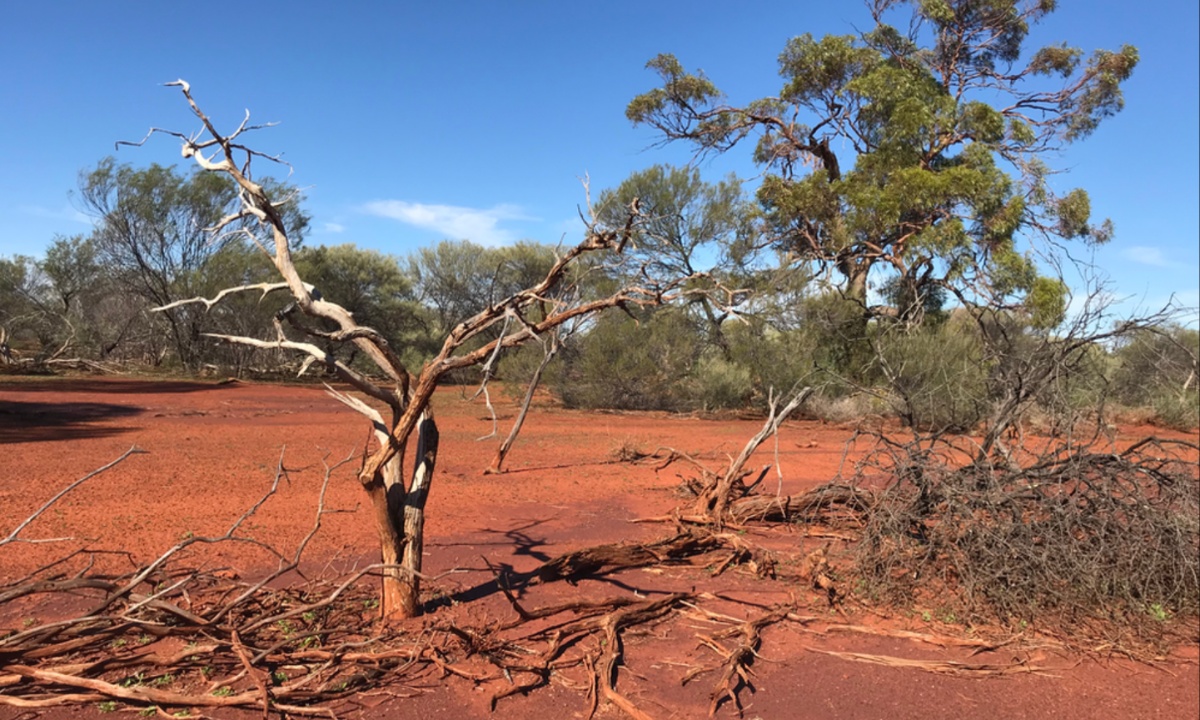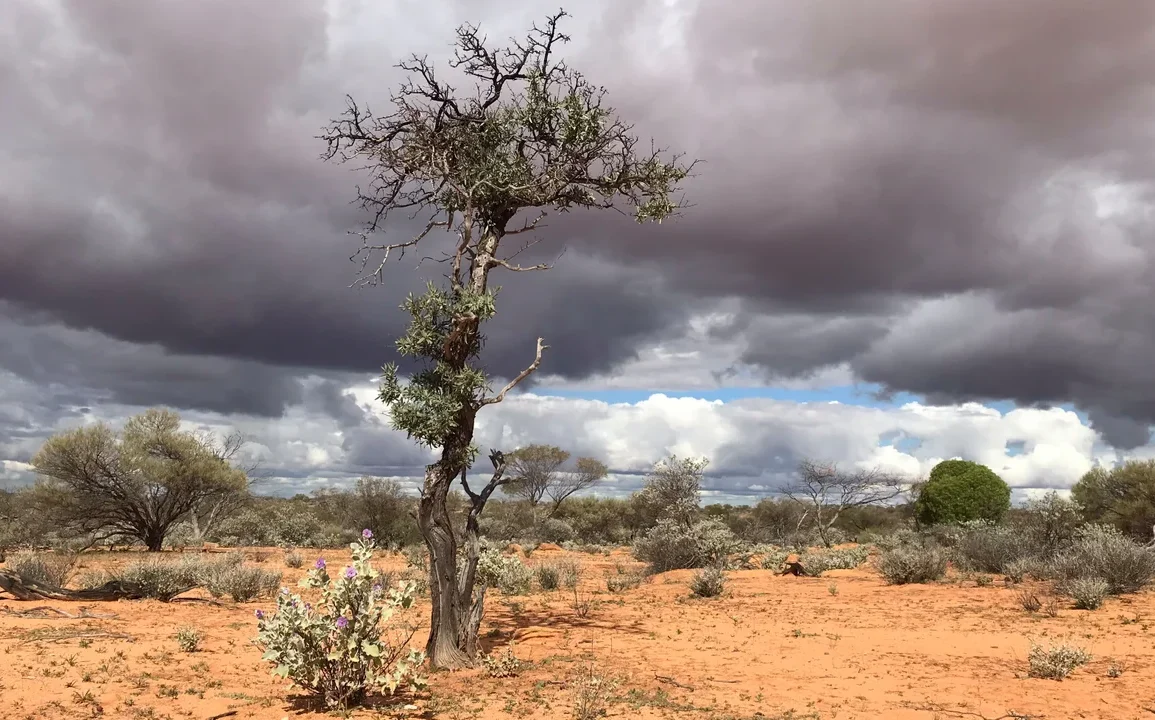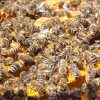Australian sandalwood, renowned for its warm, earthy, and musky scent, is increasingly coveted by consumers and celebrities alike. However, this rising popularity has resulted in serious ecological concerns, with scientists warning that the species is at risk of extinction in the wild.
Richard McLellan, an adjunct research fellow at Charles Sturt University, emphasizes the paradox of Australian sandalwood: while its fragrant qualities make it desirable, it has been over-harvested for decades, leading to a significant decline in wild populations.
Research indicates that Santalum spicatum, the species of Australian sandalwood harvested primarily in Western Australia, is extensively used in luxury perfumes, cosmetics, and incense. Despite the concerns, Dutjahn Sandalwood Oils, a 50% Aboriginal-owned business, argues that the species is thriving, especially on native title lands where traditional owners manage the harvest sustainably.
CEO Guy Vincent claims that their sourcing practices contribute positively to the environment and provide economic opportunities for Aboriginal communities, suggesting a more nuanced perspective on sustainability in the context of sandalwood production.

The Forest Products Commission in Western Australia plays a significant role in the commercial harvesting of Australian sandalwood, overseeing the extraction of up to 2,500 tonnes annually. While plantation-grown sandalwood is also harvested, conservationists are primarily worried about the wild trees.
The species has faced long-standing issues of inadequate natural regeneration, leading to further decline. Historically, Santalum spicatum grew widely in southern Western Australia and South Australia, but its natural range has shrunk significantly, leading to its classification as a threatened species in South Australia, though it lacks similar protections in Western Australia.
As the Threatened Species Scientific Committee (TSSC) prepares to review the conservation status of Australian sandalwood, McLellan advocates for recognition of its ecological importance. He points out that this keystone species supports native fauna and is crucial for maintaining ecological balance.
The committee’s recommendations, due on October 30, may prompt a reconsideration of protections for the species as the International Union for Conservation of Nature has already listed it as vulnerable due to unsustainable harvesting practices.
The WA Department of Biodiversity, Conservation, and Attractions is actively involved in managing wild sandalwood populations, implementing annual harvest limits and future re-seeding and regeneration programs to ensure long-term stability.
However, environmental experts, such as Peter Robertson, highlight additional threats like climate change and grazing by feral animals, further endangering the species. The call for Santalum spicatum to be listed as a threatened species underscores the urgent need for comprehensive conservation strategies to protect this valuable and increasingly rare resource.

